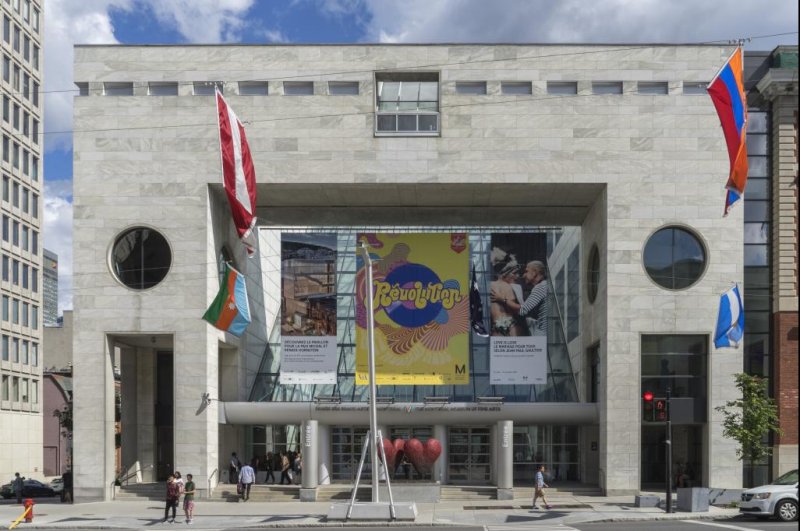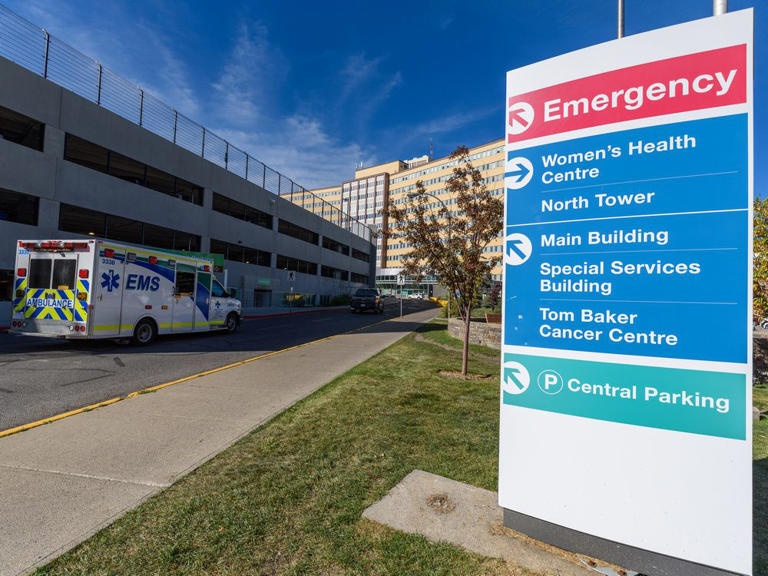Serena Williams' retirement made many women think: If she can't continue a successful career and raise a family, can any child-bearing person? Robert Prange/Getty Images
Serena Williams announced her plans to retire in a raw and candid Vogue essay.
Williams said that as a woman, she's forced to choose between her career and growing a family.
"Believe me, I never wanted to have to choose between tennis and a family."
In a candid Vogue essay, the tennis superstar Serena Williams said it was time to "evolve" away from tennis and focus on growing her family. It's a decision women have been making for decades — and it won't get better anytime soon.
"If I were a guy, I wouldn't be writing this because I'd be out there playing and winning while my wife was doing the physical labor of expanding our family," she wrote. "Maybe I'd be more of a Tom Brady if I had that opportunity."
Her words hit me hard; a sense of despair settled over me. Of course, I support Williams' decision to invest in her family, but this isn't the way I wanted her professional career to end.
I hate that I have to be at this crossroads.
I hate that I have to be at this crossroads.
As a kid, my sister and I used to play tennis, pretending we were the Williams sisters. They were the antithesis of dainty dolls; they were symbols of power. Growing up following Serena's career was magical. There didn't seem like there was anything she couldn't do. But reality says otherwise.
If a woman of Williams' means, talent, and resources has to pick between career and family, what does that mean for the rest of the child-bearing population?
"I hate that I have to be at this crossroads," she wrote. I hate it, too.
MICHAEL BRADLEY/AFP via Getty Images
I've always been optimistic, holding on to hope that things could change for women. I've followed Sheryl Sandberg's advice to "lean in." But I wonder, am I being naive? President Joe Biden ran on a big promise to establish paid family leave and more affordable childcare. Even Ivanka Trump threw her support behind it during her father's time in office.
Subsequent efforts made an impact but didn't last. An expanded child tax credit that sent monthly payments to families was a godsend for many parents, but the program ended at the end of last year. After that, the childhood-poverty rate jumped 41%, one study found. It was a sign that many families were again struggling, putting women back in the age-old conundrum of choosing between what makes the most sense for their children: paid or unpaid work.
And the recent Inflation Reduction Act — the pared-down version of Biden's agenda that just passed in the Senate — puts $740 billion behind climate and healthcare spending, but there's nothing about paid leave or affordable childcare. Sen. Bernie Sanders of Vermont has said it "goes nowhere near far enough in addressing the problems facing struggling working families." It feels like many Congress members just don't care.
The pandemic has exacerbated the situation for women, whose domestic labor as parents is not compensated — or societally protected with any guaranteed federal paid leave.
"Domestic labor is labor," Laura Danger, a special-education teacher who dropped out of the workforce because of unpredictable childcare, previously told Insider. "It's like we're pretending that this work doesn't matter."
While the circumstances will likely be different from Williams', many women will run up against a similar conundrum at some point: Do they pursue more high-profile work opportunities or scale back to care for children or aging parents? Do we reach for our own version of the 24th Grand Slam, the accolade Williams desperately wanted? Or do we listen to calls from society, our partners, and even our children to care for our family?
Williams is admitting that, for now, women can't have it all. Evidence supports this. Women are more likely to leave the workforce to care for family responsibilities than men, surveys have indicated. Hundreds of thousands of women have exited the workforce amid the pandemic, many citing a lack of affordable childcare. Many have not returned.
There seems to be little reprieve for women who try to make it work, like we're running up against a wall. Hybrid work is not an option for many, and when it is, it comes with its own challenges, like less face-to-face time with key decision-makers who promote people. Another option, part-time work, is also difficult to come by.
Williams summed up the situation, saying she could pursue her career, "but I'm turning 41 this month, and something's got to give."
America is supposed to be highly modernized. But the continued reliance on women's unpaid labor is anything but.

The US is the only highly modernized country without guaranteed parental leave.
I've always been optimistic, holding on to hope that things could change for women. I've followed Sheryl Sandberg's advice to "lean in." But I wonder, am I being naive? President Joe Biden ran on a big promise to establish paid family leave and more affordable childcare. Even Ivanka Trump threw her support behind it during her father's time in office.
Subsequent efforts made an impact but didn't last. An expanded child tax credit that sent monthly payments to families was a godsend for many parents, but the program ended at the end of last year. After that, the childhood-poverty rate jumped 41%, one study found. It was a sign that many families were again struggling, putting women back in the age-old conundrum of choosing between what makes the most sense for their children: paid or unpaid work.
And the recent Inflation Reduction Act — the pared-down version of Biden's agenda that just passed in the Senate — puts $740 billion behind climate and healthcare spending, but there's nothing about paid leave or affordable childcare. Sen. Bernie Sanders of Vermont has said it "goes nowhere near far enough in addressing the problems facing struggling working families." It feels like many Congress members just don't care.
The pandemic has exacerbated the situation for women, whose domestic labor as parents is not compensated — or societally protected with any guaranteed federal paid leave.
"Domestic labor is labor," Laura Danger, a special-education teacher who dropped out of the workforce because of unpredictable childcare, previously told Insider. "It's like we're pretending that this work doesn't matter."
While the circumstances will likely be different from Williams', many women will run up against a similar conundrum at some point: Do they pursue more high-profile work opportunities or scale back to care for children or aging parents? Do we reach for our own version of the 24th Grand Slam, the accolade Williams desperately wanted? Or do we listen to calls from society, our partners, and even our children to care for our family?
Williams is admitting that, for now, women can't have it all. Evidence supports this. Women are more likely to leave the workforce to care for family responsibilities than men, surveys have indicated. Hundreds of thousands of women have exited the workforce amid the pandemic, many citing a lack of affordable childcare. Many have not returned.
There seems to be little reprieve for women who try to make it work, like we're running up against a wall. Hybrid work is not an option for many, and when it is, it comes with its own challenges, like less face-to-face time with key decision-makers who promote people. Another option, part-time work, is also difficult to come by.
Williams summed up the situation, saying she could pursue her career, "but I'm turning 41 this month, and something's got to give."
America is supposed to be highly modernized. But the continued reliance on women's unpaid labor is anything but.

The US is the only highly modernized country without guaranteed parental leave.
AP Photo/Kirsty Wigglesworth
"These days, if I have to choose between building my tennis résumé and building my family, I choose the latter," Williams added.
The US economy depends on women making that choice. It's more than frustrating: It's not fair.
"If you want to make the economic, rational decision, it makes sense that the person with the larger earnings goes back to work, so that would, most often, be the husband," Matthias Doepke, a Northwestern University economist, previously told Insider.
Attempts to make paid leave law have failed, including over the past year. Each time, many women, like myself, hope that maybe this time will be different. But nothing changes.
Even for a woman of Williams' enormous wealth — she could easily afford the best childcare — someone has to be involved in the child's life. And there's an expectation in society that the woman fill that role.
As Williams puts it, she needs to be either "two feet in" tennis or "two feet out." And she's making the decision to step out. For many women, it's a decision that's all too familiar.
Insider's Juliana Kaplan contributed to this article.
"These days, if I have to choose between building my tennis résumé and building my family, I choose the latter," Williams added.
The US economy depends on women making that choice. It's more than frustrating: It's not fair.
"If you want to make the economic, rational decision, it makes sense that the person with the larger earnings goes back to work, so that would, most often, be the husband," Matthias Doepke, a Northwestern University economist, previously told Insider.
Attempts to make paid leave law have failed, including over the past year. Each time, many women, like myself, hope that maybe this time will be different. But nothing changes.
Even for a woman of Williams' enormous wealth — she could easily afford the best childcare — someone has to be involved in the child's life. And there's an expectation in society that the woman fill that role.
As Williams puts it, she needs to be either "two feet in" tennis or "two feet out." And she's making the decision to step out. For many women, it's a decision that's all too familiar.
Insider's Juliana Kaplan contributed to this article.










.jpeg)